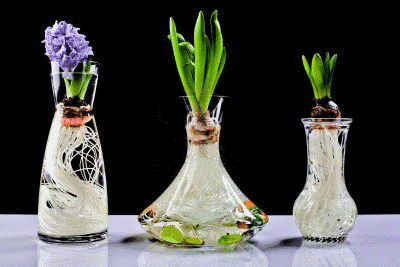 Auxins initiates root growth
Auxins, especially 1–Naphthaleneacetic acid (NAA) and Indole–3–butyric acid (IBA), are also commonly applied to stimulate root growth when taking cuttings of plants.
Auxins initiates root growth
Auxins, especially 1–Naphthaleneacetic acid (NAA) and Indole–3–butyric acid (IBA), are also commonly applied to stimulate root growth when taking cuttings of plants.
Auxins are compounds that positively influence cell enlargement, bud formation, apical dominance and root initiation.
The most common auxin found in plants is indoleacetic acid or IIA. It is produced in actively growing shoot and root tips and in developing fruits. They also promote the production of other hormones and in conjunction with cytokinins, they control the growth of stems, roots, fruits and convert stems into flowers.
Auxins were the first class of growth regulators discovered. IIA triggers an increase in the plasticity, or stretchability of cells walls allowing elongation to occur. Auxins decrease in light and increase where its dark. They stimulate cambium cells to divide and in stems cause secondary xylem to differentiate. Auxins act to inhibit the growth of buds lower down the stems (apical dominance), and also to promote lateral and adventitious root development and growth. Leaf abscission is initiated by the growing point of a plant ceasing to produce auxins. Auxins in seeds regulate specific protein synthesis, as they develop within the flower after pollination, causing the flower to develop a fruit to contain the developing seeds. Auxins, especially 1–Naphthaleneacetic acid (NAA) and Indole–3–butyric acid (IBA), are also commonly applied to stimulate root growth when taking cuttings of plants.